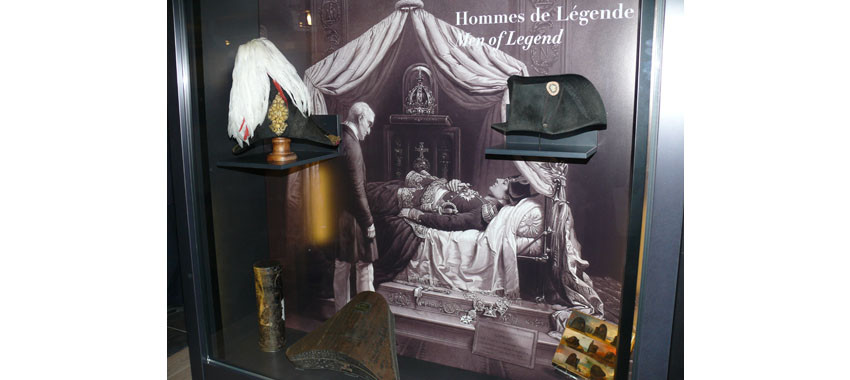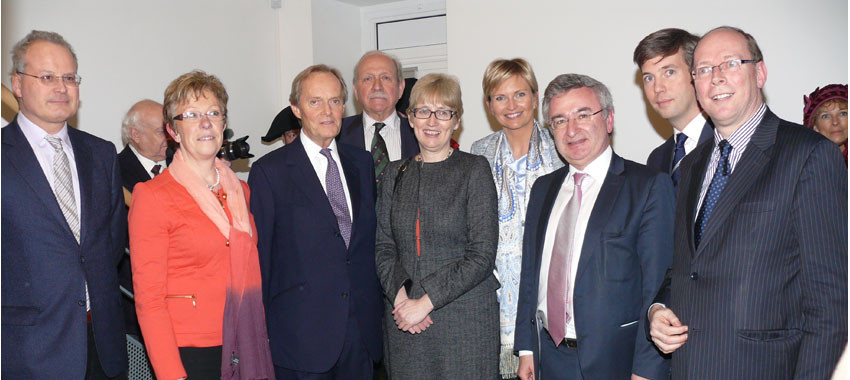Napoléon-Wellington, destins croisés (Shared Destinies)
Two hundred years ago, on 1 March 1815, the period known as the “Hundred Days” began, during which Napoleon returned to power in France. It ended with the abdication of the Emperor on 22 June, after his defeat on the battlefield of Waterloo. On the occasion of this bicentenary, the Wellington Museum at Waterloo has chosen to present, face to face, the two great adversaries of this battle: Napoleon Bonaparte and Arthur Wellesley.
The joint curators – from the Fondation Napoléon and the Wellington Museum – present a portrait of the two men, illustrated by nearly 250 emblematic works, including 70 from the Fondation Napoléon Collection. And furthermore, the hat that Napoleon wore at Waterloo, which now belongs to the Museums of Sens (France), has once again returned to the last battlefield of the Emperor.
Here are the words of the co-curator of the exhibition, Peter Hicks:
‘One Sunday in June 1815, two outstanding captains and statesmen met for a muddy and bloody battle which would decide the history of the world. One has always fascinated us: Napoleon Bonaparte. The other is more mysterious: Arthur Wellesley, Duke of Wellington.
Born in the same year, both from semi-noble families, the two men would both grow up to know military glory in far-away lands, before meeting their political successes on the European continent. Both captured the hearts of their siblings, of many exceptional women and more generally of their contemporaries. Always surrounded by collaborators ready to sacrifice themselves for them, both the Corsican and the Anglo-Irishman made their way confidently, without ever doubting themselves. The tragectory of their stately careers, of course, does not follow the same chronology, however Waterloo is the crucial date: up until this last battle, Napoleon conveyed the image of the young general, champion of his country; Wellington, on the other hand went on to surf the wave of his popularity after the battle to become a Prime Minister of Great Britain in his mature years.
This exhibition traces the key stages of these two parallel lives: the unrivalled adventure of Napoleon Bonaparte in the face of the odyssey of his cursed double, the “Iron Duke”.’
Place : Musée Wellington, Waterloo (Belgium)
Dates : 21 March – 31 July 2015
Curators : Étienne Claude and Peter Hicks
Scenography : Musée Wellington / Société Concepto
Number of visitors : 14 000







